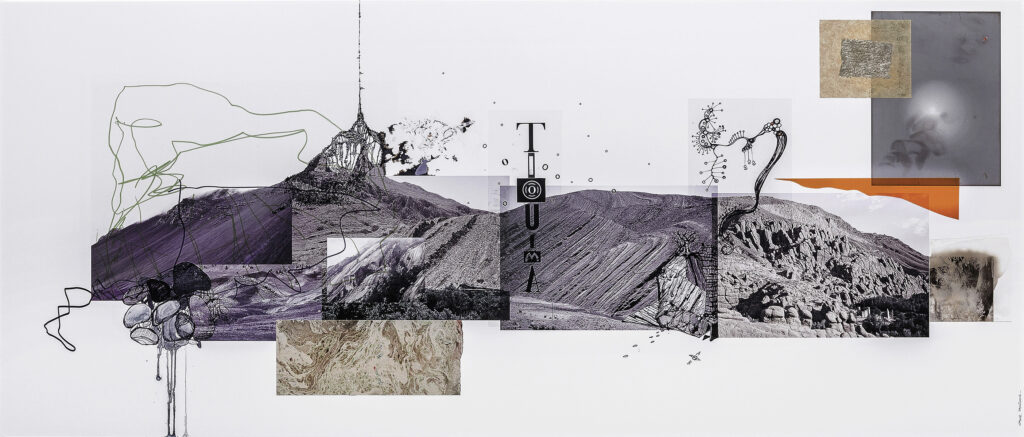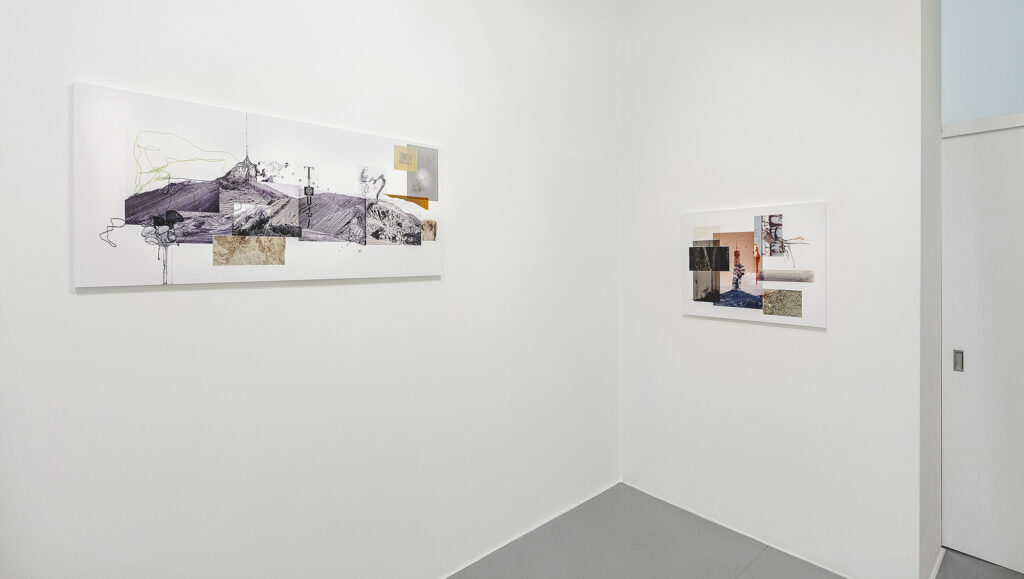Between Realms
(text by Anna Longo)
Time is the moving image of eternity. This is how Plato, in the Timaeus, defines time in our world, punctuated by the regular movement of the stars. The cosmos created by the Demiurge is a living organism whose temporal existence is marked by repetitive cycles that animate it like pulsations and breathings. But this transitory world is nothing but the reflection of eternity, of Aion, time that does not itself pass but allows for the existence of our time which does pass. According to the myth narrated in Timaeus, the world was created by a divine artisan, artist, philosopher and scientist: an artist in being able to give a sensitive form to the idea, to give it substance in matter; a philosopher for the speculative capacity to contemplate the ideas, truths abstract and eternal; a scientist for the mathematical rigour of the laws that govern reality and render it intelligible. But in what spacetime does the Demiurge operate? The proposed hypothesis is that the Realm of ΑΘΑΝΑ (ATHΑΝΑ) is the interstitial dimension of creation, the liminal space-time between the a-temporal eternity of Aion and the empirical transience of its image, namely Chronos.








Therefore, as a philosopher, the demiurge accesses the eternal idea and, as a scientist, provides the laws that allow the succession of events to unfold according to a certain necessary order in line with a set mechanism that follows certain rules or laws that ensure its functionality. But it is as an artist that the demiurge has the possibility to choose the perceptible appearance and the rules of the world that are realised as an image of the idea, or in other words which film, of all possible films, will form the most appropriate image of the intuition. In fact, the same idea, as a virtual one, can be embodied to a plurality of worlds, or rather its image can.





In this exhibition therefore, we are offered the point of view of the demiurge’s interstitial dimension, the present between eternity and sequential perception. The works presented, do not reproduce in fact the chronological sequence of their production, as in a retrospective, but the exhibition makes explicit the sense of creation as the production of a moving image of eternity. Contrary to what happens in a retrospective exhibition, that allows us to look into the past according to the incidence of the facts (order of perception), here we access the present which is the condition of creation of each past and, for this reason, the images overlap without respecting a chronological order. From the point of view of the demiurge, to which we find ourselves elevated, the various frames are shown in the simultaneity of the present, a present which is the moment of creation for the entirety of the series, rather than the present of the perception that would last a sensible encounter. The exhibition makes us aware of the fact that our personal history, the sequence of events that we have experienced subjectively and the things we have done, is a series of frames necessarily linked together according to the rules and laws that render it coherent in its totality as in a film, a cosmos which nonetheless, like all other things, does not have in itself any necessity.




ΑΘΑΝΑ therefore, is not a retrospective exhibition but a short-circuit of sorts, thanks to which we can intuitively access the ideal conditions of the exhibition’s creation as a temporal dimension in which we are observers. We are called in fact, to elevate ourselves not only to the perspective of the artist who produces the spacetime of our own perception of the exhibition, but to go further, to look beyond the mirror and see that on the other side eternity is reflected. ΑΘΑΝΑ is the present of creation that makes possible the duration of perception but which also makes us aware that every creative act is, in reality, the production of a moving image of eternity.







